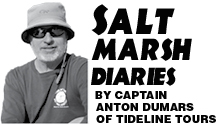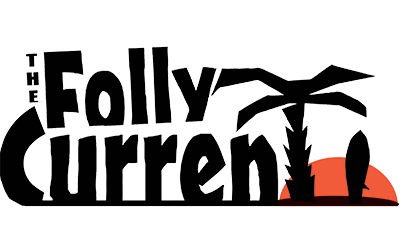March is a Time For Rebirth
 I pulled the last container of green gumbo from the freezer. While it thawed at low-heat in a medium size pot, I started a batch of brown rice. Green gumbo (gumbo z’ herbs) is usually served as a New Orleans Lenten dish. For the last 25 years, almost unbroken, I’ve served it on New Years Day in place of the traditional black-eyed peas and greens. As the name suggests, greens make up the bulk of this dish. But instead of just a single type of greens, it’s made up of as many greens as one can gather at the grocery store, farmers market, or roadside stand.
I pulled the last container of green gumbo from the freezer. While it thawed at low-heat in a medium size pot, I started a batch of brown rice. Green gumbo (gumbo z’ herbs) is usually served as a New Orleans Lenten dish. For the last 25 years, almost unbroken, I’ve served it on New Years Day in place of the traditional black-eyed peas and greens. As the name suggests, greens make up the bulk of this dish. But instead of just a single type of greens, it’s made up of as many greens as one can gather at the grocery store, farmers market, or roadside stand.
A couple of days before the New Year, I start gathering the greens. I buy carrots, radishes, and beets for their tops. I include cabbage, collards, mustard and turnip greens, kale, and green onions. For me, spending time in the kitchen rivals spending time in the saltmarsh. In particular, cooking green gumbo on New Years Day represents a communion of those working together in the kitchen.
How does one make green gumbo? Here’s an abbreviated recipe:
After washing, steaming, and chopping all the greens (usually a multi-step process), I start the roux. Making a roux immobilizes the cook for a good 20 minutes. In a large cast iron pot over low heat, oil and flour in equal proportions, get stirred constantly until the mixture browns to the color of peanut butter. Once ready, onions, peppers, and celery are also browned in the roux. After sautéing the holy trinity, a half-pound each of ham and Andouille sausage get added and cooked for a few more minutes. Finally, all the steamed greens, half a gallon of water, and the spices go into the pot. Let the gumbo simmer for 2-3 hours, then gather lots of people to help eat a gigantic pot of heaven.
Speaking of green things, as March approaches, the green spartina sprouts up through the pluffmud. Terns and skimmers once again appear on the mud flats. Double crested cormorants flock in preparation of their northward migration. The marsh ponders its awkward stradle between winter and summer.
Lent, regardless of religion (or lack thereof) represents a contemplative pause before rebirth. On Folly, brooms sweep out last year’s failures, making room for this year’s dreams. Saws and hammers, heard throughout town, buzz renewal. Ashes of backyard bonfires get tilled into garden plots. New adventures crest the horizon: some perceived, but none known.
We eat our supper of green gumbo over rice, the last of it until 2017. Bright red cardinals call out for mates the next morning at first light. Never quite content, we press forward. Once again, we resurrect ourselves, shed winter, and prepare to wash anew in an unknowable summer.
Anton DuMars, owner of Tideline Tours, is a coastal geologist and longtime Folly resident. Visit www.tidelinetours.com and sign up to receive limited off charter offers.

